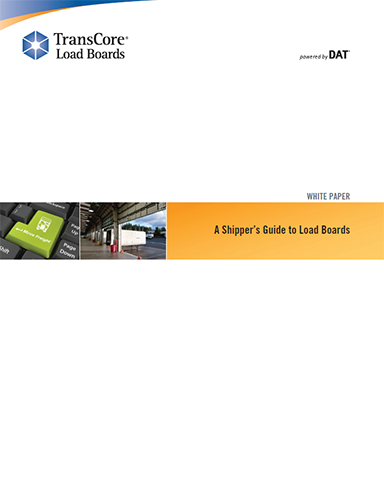A Shipper’s Guide to Load Boards
This white paper describes how the best load boards are those that implement security protocols and offer due diligence tools to create a secure and transparent marketplace for their customers and provides all the tools a carrier needs to qualify new partners, minimizing paperwork and streamlining the negotiation process.
What is a Load Board?
An easy way to think of a load board is a web-based bulletin board service for the transportation industry.
Shippers, carriers and their intermediaries use load boards to advertise their services, whether those services are offering freight to be shipped or a truck in need of a load.
Kind of like an internet dating service for transportation professionals, load boards are where companies with freight meet new carriers looking to haul loads.
Indeed, a good load board will come with research tools that make the relationship between shipper and carrier a business arrangement rather than a blind date.
For an example of how this works, imagine a trucker working for a large carrier who finds himself at the end of a long haul and needs to drive home, but without a load to fill his truck.
Wanting to avoid running an empty truck, the trucker’s dispatcher might turn to a load board to find a one-time freight shipment going the same direction as the trucker.
He would then call the shipper directly to arrange a deal, fill the truck, and avoid the cost of driving empty.
Likewise, a shipper might have “exception” freight that is not covered by a standing contract.
If the usual carriers are unavailable, the shipper could advertise his freight on a load board, and find a reliable carrier willing to haul it.
With the right tools, these impromptu shipping arrangements can be made securely and efficiently through a load board.
In aggregate, shipping deals made via load boards constitute the spot market.
Shippers use load boards to perform two basic actions: posting loads and searching for carriers.
TransCore also provides tools to enable customers to perform comprehensive due diligence procedures.
One such tool, CarrierWatch, actively monitors more than 200,000 carriers’ insurance and safety ratings from FMCSA and alerts customers of any status changes.
It also provides access to detailed insurance information, including images of insurance certificates so shippers can check coverage details online.
These tools support the shipper’s carrier validation process, and often form the first step in a long-term, mutually beneficial business relationship.
Download: A Shipper’s Guide to Load Boards
What’s Related
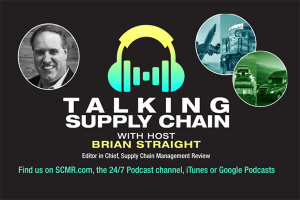
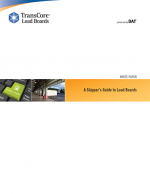
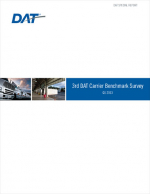
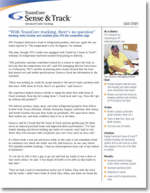
Favorites





